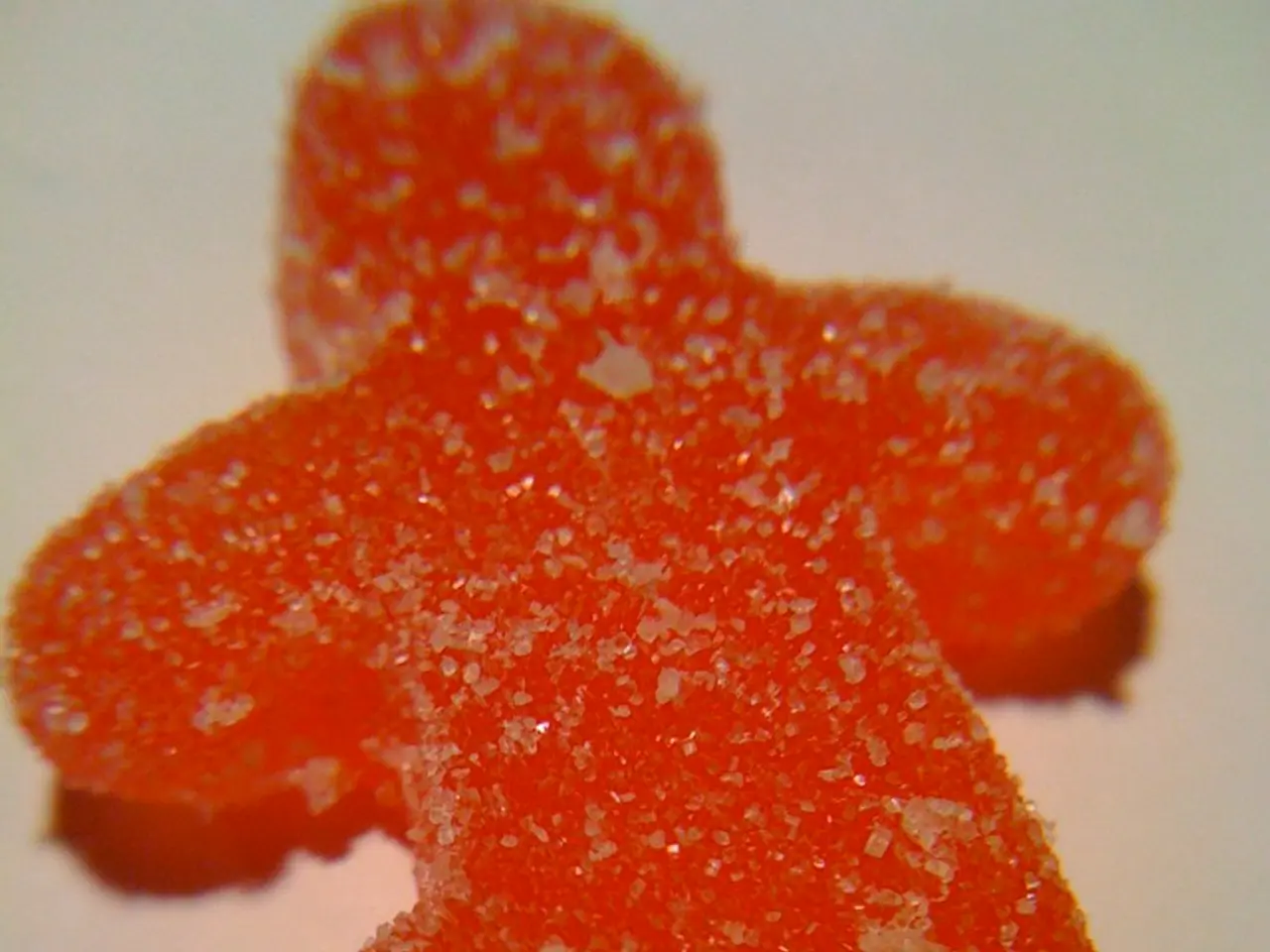Guide for Cultivating Knowledge through Sweet Treats
Discover a world of learning and fun as you embark on a delightful journey through a series of candy-based science experiments designed especially for kids. These engaging activities not only provide hours of entertainment but also help children grasp fundamental scientific concepts in a playful and memorable manner.
One such experiment involves growing sugar crystals, also known as rock candy. By dissolving sugar in hot water and allowing it to cool, children can observe crystal formation and saturation, learning about the scientific method, observation, and hypothesis creation. The best part? The end product is edible rock candy!
Building structures with candy, such as sugar cubes or various sweets, offers an opportunity for kids to explore concepts of stability and strength. They can build towers or houses, test how water affects the structure, or experiment with different "glues" to hold the candy together.
The candy diffusion experiment, using Skittles or M&Ms, is another visual delight. By placing the colourful candies on a plate and adding water, children can watch as the colours diffuse, teaching them about diffusion and molecular movement in a simple and engaging way.
A waterproof cocoa experiment allows kids to examine solubility and the difference between cocoa powder and hot chocolate mix. By observing how cocoa powder repels water, they can learn about ingredients and how substances interact with liquids.
For younger children, a candy corn sensory bin can be a festive and tactile way to explore textures, sorting, counting, and basic scientific observation processes.
In addition to these experiments, there are numerous other activities that combine hands-on fun with foundational scientific principles. For instance, using Mentos and Diet Coke to create a geyser is a popular and exciting demonstration.
For a comprehensive list of science experiments for kids, visit the Super Cool Science Experiments for Kids page. Here, you'll find a wealth of ideas, including using Candy Corn for a counting activity suitable for preschool and kindergarten kids, as described by Reading Confetti. You can also learn how to remove the "M" from an M&M using common household items, or explore the balloon experiment from Learn Play Imagine using Nerds or Pop Rocks.
These candy-based science experiments offer a unique and enjoyable way for kids to learn, making them ideal for educational settings such as classrooms, homeschool, or clubs. So, let the fun and learning begin!
Science experiments can extend beyond the realm of traditional labs and enter your home-and-garden, offering a blend of fun, food-and-drink, and learning. For example, growing sugar crystals is a sweet way to teach children about scientific method, observation, and hypothesis creation.
In addition to these experiments, engaging lifestyle activities like building candy structures can help kids explore concepts such as stability and strength, and even test how water affects their creations.
Moreover, education-and-self-development goes beyond textbooks; it's found in activities like the candy diffusion experiment, which teaches children about diffusion and molecular movement in a simple and visually exciting manner.




